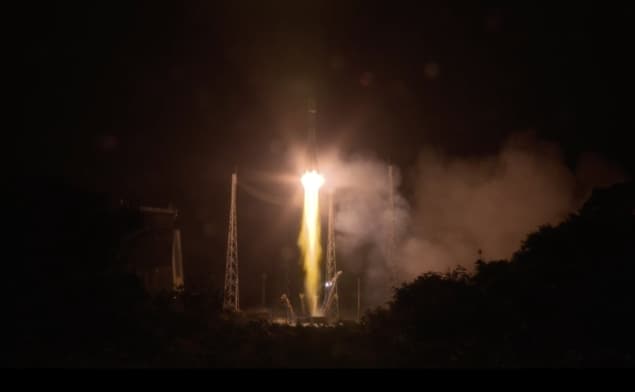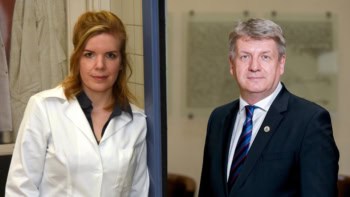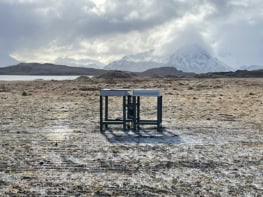
The European Space Agency (ESA) has launched a new mission that will take a closer look at nearby bright stars that are already known to have exoplanets orbiting around them. Dubbed the Characterising Exoplanets Satellite (CHEOPS), the 1.5 m probe is the first dedicated ESA mission to study exoplanets. It was launched today from the European spaceport in Kourou, French Guiana, at 08.54 GMT.
From a Sun-synchronous polar orbit with an altitude of about 700 km, CHEOPS will measure the brightness of the stars, looking for tiny dips associated with a transit – when an exoplanet passes in front of its star, blocking some of the light that reaches Earth. Rather than search for new planets, CHEOPS will study about 500 of the 4000 or so known exoplanets during a 3.5-year period. These planets have already been discovered from previous planet-hunting satellites such as NASA’s Kepler and Transiting Exoplanet Survey Satellite missions as well ESA’s Corot probe. Exoplanet researchers welcome ‘cataclysmic’ Nobel-prize announcement
With a mass of 280 kg, CHEOPS contains a single optical Ritchey–Chrétien telescope with an aperture of 30 cm. It will measure the radius of exoplanets that have a mass of that between Earth and Neptune to an accuracy of around 10%. The probe will also study the atmosphere of larger planets – those that are around the size of Jupiter. The first data is expected in early 2020.
CHEOPS was selected in 2012 from 26 proposals as an “S-class” mission, which have a cost cap of €50m. It was launched together with the Italian space agency’s Cosmo-SkyMed earth-observation satellite as well as three CubeSats. According to ESA CHEOPS project scientist Kate Isaak, around 20% of the observing run will be available to “guest observers”. “Scientists from around the world will be able to capitalise directly on the unique capabilities of CHEOPS,” she says.



